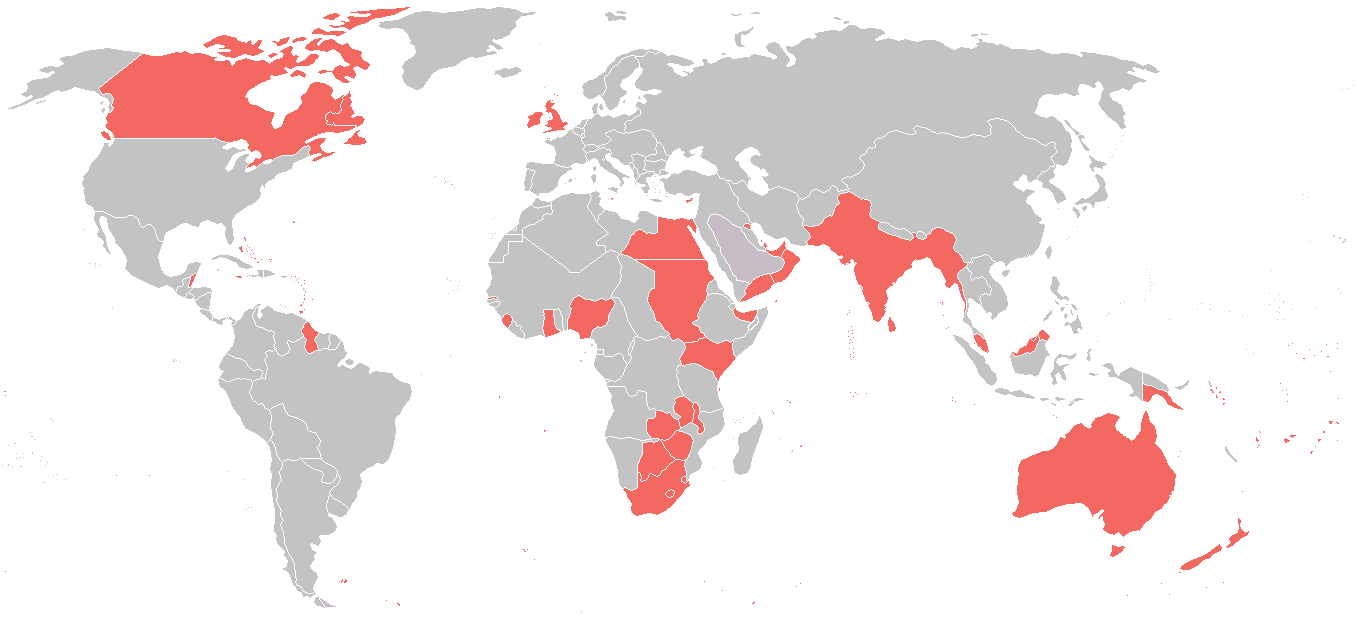|
Ernest Corey
Ernest Albert Corey, MM & Three Bars (20 December 1891 – 25 August 1972) was a distinguished Australian soldier who served as a stretcher bearer during the First World War. He enlisted in the Australian Imperial Force on 13 January 1916, and was allocated to the 55th Battalion, where he was initially posted to a grenade section before volunteering for stretcher bearing duties. In 1917 he was twice awarded the Military Medal for his devotion to duty in aiding wounded soldiers, and twice again in 1918; becoming the only person to be awarded the Military Medal four times. Born in New South Wales, Corey was employed as a blacksmith's striker upon leaving school. In January 1916, he became a member of the "Men from Snowy River" recruiting march, enlisting in Goulburn. Returning to Australia after the Armistice, he was discharged on medical grounds in 1919 and was employed in a number of jobs before re-enlisting in a militia battalion for service in the Second World War. He die ... [...More Info...] [...Related Items...] OR: [Wikipedia] [Google] [Baidu] |
New South Wales
New South Wales (commonly abbreviated as NSW) is a States and territories of Australia, state on the Eastern states of Australia, east coast of :Australia. It borders Queensland to the north, Victoria (state), Victoria to the south, and South Australia to the west. Its coast borders the Coral Sea, Coral and Tasman Seas to the east. The Australian Capital Territory and Jervis Bay Territory are Enclave and exclave, enclaves within the state. New South Wales' state capital is Sydney, which is also Australia's most populous city. , the population of New South Wales was over 8.3 million, making it Australia's most populous state. Almost two-thirds of the state's population, 5.3 million, live in the Greater Sydney area. The Colony of New South Wales was founded as a British penal colony in 1788. It originally comprised more than half of the Australian mainland with its Western Australia border, western boundary set at 129th meridian east in 1825. The colony then also includ ... [...More Info...] [...Related Items...] OR: [Wikipedia] [Google] [Baidu] |
Snowball Marches
During World War I, recruitment marches or snowball marches to state capital cities were a feature of volunteer recruiting drives for the First Australian Imperial Force, Australian Imperial Force in rural Australia. Between October 1915 and February 1916, nine marches were held starting from various points in the state; the most notable was the first march from Gilgandra, New South Wales, known as the Cooee march. The March of the Dungarees took place in south-eastern Queensland in November 1915. In 1918, in an effort to promote recruitment, another march was staged, but this was less spontaneous and the marchers in fact travelled by train. The marches were called "snowball marches" in the hope that like a snowball effect, snowball rolling down a hill will pick up more snow, gaining more mass and surface area, and picking up even more snow as it rolls along, the marchers would also collect more marchers as they progressed to the recruiting depot. Background The First Austr ... [...More Info...] [...Related Items...] OR: [Wikipedia] [Google] [Baidu] |
Péronne, Somme
Péronne () is a Commune in France, commune of the Somme (department), Somme Departments of France, department in Hauts-de-France in northern France. It is the former site of the Péronne monastery, founded by the Anglo-Saxon Eorcenwald. Its site became the resting place for St. Fursa, celebrated by the famous English historian Bede. The monastery was popular with Irish monks, among them Cellanus, whose letters to Aldhelm the Bishop of Sherborne survive. So renowned was Péronne for Irish monks that the monastery became known as ''Perrona Scottorum'' . The monastery was destroyed in a Viking raid in 880. It is close to where the Battle of the Somme, 1916, First Battle of the Somme (1918), first 1918 and Second Battle of the Somme (1918), second 1918 Battles of the Somme took place during the First World War. The Museum of the Great War (known in French as the ''Historial de la Grande Guerre'') is located in the château. Geography Péronne is situated in the old region of Santerre ... [...More Info...] [...Related Items...] OR: [Wikipedia] [Google] [Baidu] |
Allies (World War I)
The Allies or the Entente (, ) was an international military coalition of countries led by the French Republic, the United Kingdom, the Russian Empire, the United States, the Kingdom of Italy, and the Empire of Japan against the Central Powers of the German Empire, Austria-Hungary, the Ottoman Empire, and the Kingdom of Bulgaria in World War I (1914–1918). By the end of the first decade of the 20th century, the major European powers were divided between the Triple Entente and the Triple Alliance. The Triple Entente was made up of the United Kingdom, France, and Russia. The Triple Alliance was originally composed of Germany, Austria–Hungary, and Italy, but Italy remained neutral in 1914. As the war progressed, each coalition added new members. Japan joined the Entente in 1914 and, despite proclaiming its neutrality at the beginning of the war, Italy also joined the Entente in 1915. The term "Allies" became more widely used than "Entente", although the United Kingdom, Fran ... [...More Info...] [...Related Items...] OR: [Wikipedia] [Google] [Baidu] |
Belgium
Belgium, officially the Kingdom of Belgium, is a country in Northwestern Europe. Situated in a coastal lowland region known as the Low Countries, it is bordered by the Netherlands to the north, Germany to the east, Luxembourg to the southeast, France to the south, and the North Sea to the west. Belgium covers an area of and has a population of more than 11.8 million; its population density of ranks List of countries and dependencies by population density, 22nd in the world and Area and population of European countries, sixth in Europe. The capital and Metropolitan areas in Belgium, largest metropolitan region is City of Brussels, Brussels; other major cities are Antwerp, Ghent, Charleroi, Liège, Bruges, Namur, and Leuven. Belgium is a parliamentary system, parliamentary constitutional monarchy with a complex Federation, federal system structured on regional and linguistic grounds. The country is divided into three highly autonomous Communities, regions and language areas o ... [...More Info...] [...Related Items...] OR: [Wikipedia] [Google] [Baidu] |
Ypres
Ypres ( ; ; ; ; ) is a Belgian city and municipality in the province of West Flanders. Though the Dutch name is the official one, the city's French name is most commonly used in English. The municipality comprises the city of Ypres/Ieper and the villages of Boezinge, Brielen, Dikkebus, Elverdinge, Hollebeke, Sint-Jan, Vlamertinge, Voormezele, Zillebeke, and Zuidschote. Together, they are home to about 34,900 inhabitants. During the First World War, Ypres (or "Wipers" as it was commonly known by the British troops) was the centre of the Battles of Ypres between German and Allied forces. History Origins Ypres is an ancient town, known to have been raided by the Romans in the first century BC. It is first mentioned by name in 1066 and is probably named after the river Ieperlee on the banks of which it was founded. During the Middle Ages, Ypres was a prosperous Flemish city with a population of 40,000 in 1200 AD, renowned for its linen trade with England, which w ... [...More Info...] [...Related Items...] OR: [Wikipedia] [Google] [Baidu] |
5th Division (Australia)
The 5th Division was an infantry Division (military), division of the Australian Army which served during the First World War, First and Second World Wars. The division was formed in February 1916 as part of the expansion of the First Australian Imperial Force, Australian Imperial Force infantry brigades. In addition to the existing 8th Brigade (Australia), 8th Brigade were added the new 14th Brigade (Australia), 14th and 15th Brigade (Australia), 15th Brigades, which had been raised from the battalions of the 1st Brigade (Australia), 1st and 2nd Brigade (Australia), 2nd Brigades respectively. From Egypt the division was sent to France and then Belgium, where they served in the trenches along the Western Front (World War I), Western Front until the end of the war in November 1918. After the war ended, the division was demobilised in 1919. The division was re-raised as a Australian Army Reserve, Militia formation during the Second World War, and was mobilised for the defence of ... [...More Info...] [...Related Items...] OR: [Wikipedia] [Google] [Baidu] |
Doignies
Doignies () is a commune in the Nord department in northern France. Heraldry See also *Communes of the Nord department The following is a list of the 647 communes of the Nord department of the French Republic. The communes cooperate in the following intercommunalities (as of 2025): References Communes of Nord (French department) Enclaves and exclaves {{Cambrai-geo-stub ...[...More Info...] [...Related Items...] OR: [Wikipedia] [Google] [Baidu] |
Fovant
Fovant is a village and civil parish in southwest Wiltshire, England, lying about west of Salisbury on the A30 Salisbury-Shaftesbury road, on the south side of the Nadder valley. History The name is derived from the Old English ''Fobbefunta'', meaning "spring of a man called Fobbe". The Domesday Book of 1086 recorded a settlement called ''Febefonte'' with 22 households, held by Wilton Abbey. The abbey was surrendered to the Crown in 1539, and Fovant was among the villages granted to Sir William Herbert, later Earl of Pembroke. (Herbert was also granted the site of the abbey, where he built Wilton House). The Pembrokes continued as landowners at Fovant until the estate was broken up in 1919. An elementary school was built in 1847 with places for 100 children, and gained a second classroom in 1875. Children of all ages attended until 1944, when those aged twelve and over transferred to the senior school at Tisbury. By 1958, when the buildings were modernised, there were ... [...More Info...] [...Related Items...] OR: [Wikipedia] [Google] [Baidu] |
Blacksmith
A blacksmith is a metalsmith who creates objects primarily from wrought iron or steel, but sometimes from #Other metals, other metals, by forging the metal, using tools to hammer, bend, and cut (cf. tinsmith). Blacksmiths produce objects such as gates, grilles, railings, light fixtures, furniture, sculpture, tools, agricultural implements, decorative and religious items, cooking utensils, and weapons. There was a historical distinction between the heavy work of the blacksmith and the more delicate operations of a whitesmith, who usually worked in Goldsmith, gold, Silversmith, silver, pewter, or the finishing steps of fine steel. The place where a blacksmith works is variously called a smithy, a forge, or a blacksmith's shop. While there are many professions who work with metal, such as farriers, wheelwrights, and Armourer, armorers, in former times the blacksmith had a general knowledge of how to make and repair many things, from the most complex of weapons and armor to simple ... [...More Info...] [...Related Items...] OR: [Wikipedia] [Google] [Baidu] |






